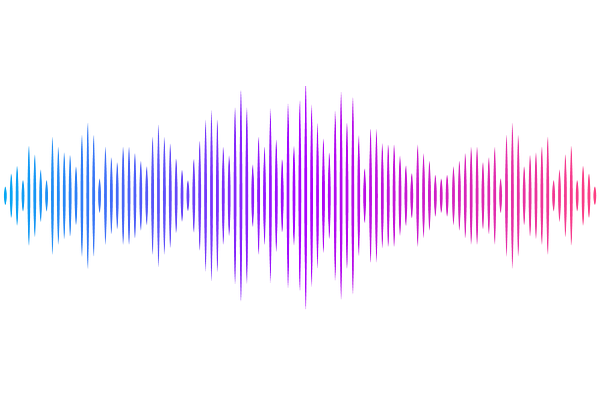HUMAN SPINAL CORD ORGANOIDS REVEAL CELL INTERCALATION AS A CONSERVED MECHANISM FOR SECONDARY NEURULATION

HUMAN SPINAL CORD ORGANOIDS REVEAL CELL INTERCALATION AS A CONSERVED MECHANISM FOR SECONDARY NEURULATION
Blanco-Ameijeiras, J.; Garcia-Valero, M.; El Majzoub, Y.; Rebollo, E.; Macho-Rendon, J.; Corbacho, J.; Martinez-Morales, J. R.; Marti, E.
AbstractThe spinal cord originates from bipotent stem cells called neuromesodermal progenitors, which are organized in a transient embryonic structure called the neural tube. The development of neural organoids is offering unprecedented tools to advance in the limited understanding of the initial construction and subsequent maturation of the human neural tube. In this study, we have generated human neural tube organoids with defined anterior and posterior identities. Through transcriptome profiling, we identified that the posterior organoids possessed a spinal cord identity. By modifying the culture conditions, we recapitulated the morphogenetic events for secondary neurulation in vivo, and revealed that de novo lumen formation in the spinal cord organoids involves a conserved Yap-dependent cell intercalation process. We believe that these findings will contribute to our understanding of the mechanisms required for building the human spinal cord in the embryo, and to understand the biological basis of neurodevelopmental disorders, which are among the most common birth defects.